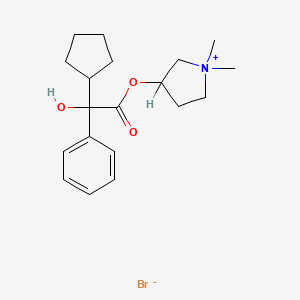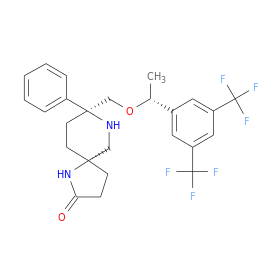In continuation of my update on coffee
Drinking coffee is "more likely to benefit health than to harm it" for a range of health outcomes, say researchers in The BMJ today.
They bring together evidence from over 200 studies and find that drinking three to four cups of coffee a day is associated with a lower risk of death and getting heart disease compared with drinking no coffee. Coffee drinking is also associated with lower risk of some cancers, diabetes, liver disease and dementia.
However, they say drinking coffee in pregnancy may be associated with harms, and may be linked to a very small increased risk of fracture in women.
The included studies used mainly observational data, providing lower quality evidence, so no firm conclusions can be drawn about cause and effect, but their findings back up other recent reviews and studies of coffee intake. As such, they say, excluding pregnancy and women at risk of fracture, "coffee drinking appears safe within usual patterns of consumption" and they suggest that coffee could be safely tested in randomised trials.
Coffee is one of the most commonly consumed beverages worldwide and could have positive health benefits. But existing evidence is of lower quality from observational research and randomized controlled trials are needed to strengthen the evidence of benefits.
To better understand the effects of coffee consumption on health, a team led by Dr Robin Poole, Specialist Registrar in Public Health at the University of Southampton, with collaborators from the University of Edinburgh, carried out an umbrella review of 201 studies that had aggregated data from observational research and 17 studies that had aggregated data from clinical trials across all countries and all settings.
Umbrella reviews synthesize previous meta-analyses and provide a high-level summary of research on a particular topic
Drinking coffee was consistently associated with a lower risk of death from all causes and from heart disease, with the largest reduction in relative risk of death at three cups a day, compared with non-coffee drinkers. Increasing consumption to above three cups a day was not associated with harm, but the beneficial effect was less pronounced.
Coffee was also associated with a lower risk of several cancers, including prostate, endometrial, skin and liver cancer, as well as type 2 diabetes, gallstones and gout. The greatest benefit was seen for liver conditions, such as cirrhosis of the liver.
Finally, there seemed to be beneficial associations between coffee consumption and Parkinson's disease, depression and Alzheimer's disease.
There was less evidence for the effects of drinking decaffeinated coffee but it had similar benefits for a number of outcomes.
Many of the included studies may have adjusted for factors that may be associated with both the health outcome and with coffee drinking, such as smoking. This was not comprehensive and varied from study to study. The authors can therefore not rule out the effect of such factors on the apparent harmful or beneficial associations.
The authors conclude that coffee drinking "seems safe within usual patterns of consumption, except during pregnancy and in women at increased risk of fracture." And they call for robust randomized controlled trials "to understand whether the key observed associations are causal."
In a linked editorial, Eliseo Guallar at the Johns Hopkins Bloomberg School of Public Health says, although we can be reassured that coffee intake is generally safe, doctors should not recommend drinking coffee to prevent disease - and people should not start drinking coffee for health reasons.
As this study shows, some people may be at higher risk of adverse effects, he writes, and there is "substantial uncertainty" about the effects of higher levels of intake. Finally, coffee is often consumed with products rich in refined sugars and unhealthy fats, "and these may independently contribute to adverse health outcomes," he adds.
However, even with these caveats, "moderate coffee consumption seems remarkably safe, and it can be incorporated as part of a healthy diet by most of the adult population," he concludes.
Ref : http://www.bmj.com/content/359/bmj.j5356





 Chloroquine
Chloroquine  Hydroxy chlroquine
Hydroxy chlroquine 


